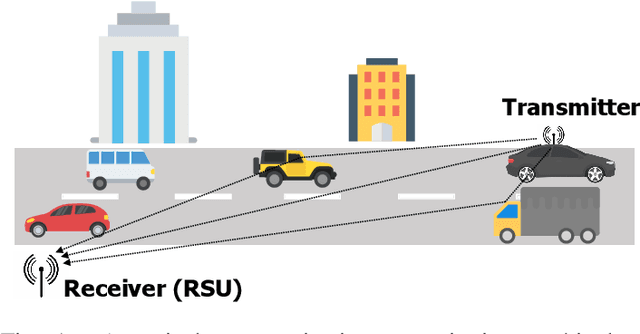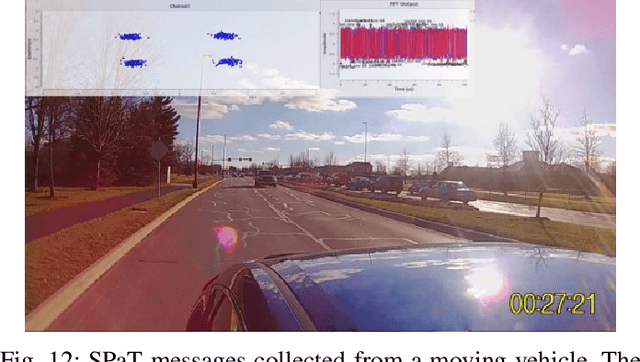Can Emre Koksal
Continuous Beam Alignment for Mobile MIMO
Aug 05, 2022



Abstract:Millimeter-wave transceivers use large antenna arrays to form narrow high-directional beams and overcome severe attenuation. Narrow beams require large signaling overhead to be aligned if no prior information about beam directions is available. Moreover, beams drift with time due to user mobility and may need to be realigned. Beam tracking is commonly used to keep the beams tightly coupled and eliminate the overhead associated with realignment. Hence, with periodic measurements, beams are adjusted before they lose alignment. We propose a model where the receiver adjusts beam direction "continuously" over each physical-layer sample according to a carefully calculated estimate of the continuous variation of the beams. In our approach, the change of direction is updated using the estimate of the variation rate of beam angles via two different methods, a Continuous-Discrete Kalman filter and an MMSE of a first-order approximation of the variation. Our approach incurs no additional overhead in pilots, yet, the performance of beam tracking is improved significantly. Numerical results reveal an SNR enhancement associated with reducing the MSE of the beam directions. In addition, our approach reduces the pilot overhead by 60% and up to 87% while achieving a similar total tracking duration as the state-of-the-art.
Road Traffic Monitoring using DSRC Signals
Dec 24, 2020



Abstract:A wide variety of sensor technologies are nowadays used for traffic monitoring applications. Since most of these technologies rely on wired infrastructure, the installation and maintenance costs limit the deployment of the traffic monitoring systems. In this paper, we introduce a traffic monitoring approach that exploits dedicated short-range communications (DSRC) signals sent in a vehicular network and machine learning techniques. We verify the feasibility of the proposed approach with extensive simulations and real-world experiments at an intersection. We first simulate wireless channels under realistic traffic conditions using a ray-tracing simulator and a traffic simulator. Next, we conduct experiments in a real-world environment and collect DSRC messages transmitted from a roadside unit (RSU). The results show that we are able to separate different traffic intensities with an accuracy of 96.3\% and 87.6\% on the simulation and experimental data, respectively. We also estimate the number of vehicles on the road with a weighted mean absolute percentage error (WMAPE) of 10.7\% and 19.7\% on simulation and experimental data, respectively. The proposed approach is suitable to be deployed alongside the current monitoring systems to improve the performance of the systems without requiring additional investment in infrastructure.
 Add to Chrome
Add to Chrome Add to Firefox
Add to Firefox Add to Edge
Add to Edge